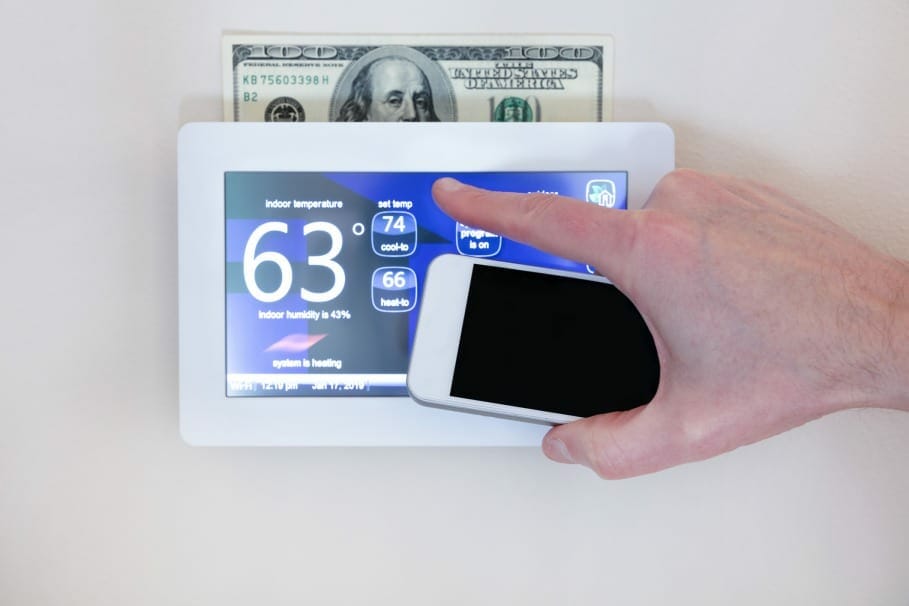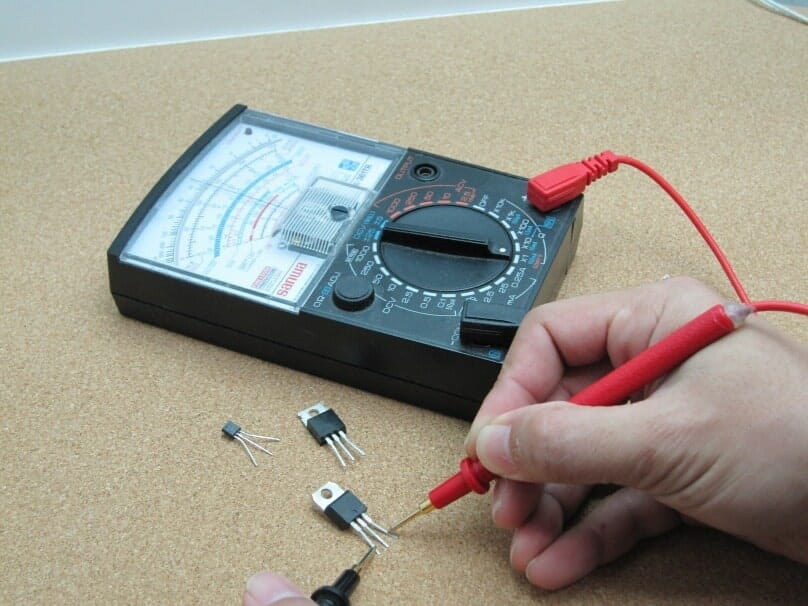How Do I Know If My Baseboard Heater Is 120v Or 240v?...
Do you have a baseboard heater but no clue whether it is 120 volts or 240 volts? Knowing the voltage of your baseboard heater might be utterly unimportant until you need to fix or replace it, although it can be very helpful if you want to know and track your consumption of electricity every single time you use it.
Baseboard heaters are commonly used to warm up rooms, but because these are electrical devices, they are not usually the main source of heating. However, if you have cold floors or a big room that cannot be adequately heated by your HVAC system, then baseboard heaters are installed to boost it.
Baseboard Heaters Come With Different Voltages
Most heaters come in 120 and 240 voltages, but there are very few that use 208 volts (specifically apartment buildings that have elevators). 120-volt heaters are popular because they will only use up a single circuit. Interestingly, a 240-volt one is more efficient and uses up less power, simply because it utilizes two circuits. Specifically, a 240-volt, 2,000-watt heater will use up 8.3 amperes of current but a 120-volt, 2,000-watt device eats up 16.6 amps.
If you are just about to install a baseboard heater, then you can determine which model and voltage are most efficient given the space you want to be heated up. The best choice for a new installation is a 240-volt heater, simply because it is more efficient than the 120-volt one. But if you already have something existing that needs repairs or replacement, then it is vital that you know which voltage your system has.

Making a guess and buying the wrong replacement heater can be disastrous to your home. This is especially dangerous if you install a 120-volt heater where there is a 240-volt circuit. The heater will end up producing up to 4 times more heat than it was designed to (for example, your 1,000-watt heater will max up to 4,000 watts in output). The extra heat is the problem, but the breaking down of the heater can compromise the safety of the people living in the house.
Installing a 240-volt heater on a 120-volt circuit is not as big a safety risk, but you will notice that your heater will fail to work most times. When it does run, it will end up giving out much less heat than what you needed for your room and below what you expected.
Checking The Voltage Of Your Baseboard Heater
There are several easy ways to figure out your baseboard heater’s voltage. You would not need any special tools, but if you want to be sure and measure from the circuits directly, you may try it out using a multimeter.
1. Read The Label

The easiest way is to simply look for the paperwork on your existing heater. It might still have a label for it stuck on the heater itself. The best way is to take a picture of it so you can read it more clearly or show it to an expert if you are buying a replacement. You will thank yourself later for saving a loooot of money!
You might also find the same information on any manual or other document that came with the heater. Of course, if you just moved into the place and the heater is already pre-installed, you might not have access to these documents anymore. This is why you need to learn how to check the voltage in a different way.
2. Check The Circuit Breaker
The next best step is to check your circuit breaker. This is a foolproof and easy way to find out what voltage your baseboard heater has. First, you will need to switch off the main circuit breaker for the entire house before removing the screws that keep the service panel cover closed. You will need to remove the cover, have a flashlight in hand to help you see better.
If your circuit breaker has a list of which is connected to each breaker, then it is straightforward for you. Otherwise, you might need help from an electrician to figure out which wire or wires your baseboard heater is connected to. If you do know, look at how many wires are connected to it. One wire means that your heater is a 120-volt model, but if you see 2 wires instead, then it means you have a 240-volt baseboard heater. You need to be sure that you are looking at the right circuit breaker to be 100% sure.
When you are finished, you can return the panel cover and screw it back on before turning on the main breaker.
3. Manually Check The Voltage Using A Multimeter
If you have a multimeter at home and want to verify the voltage from the wire itself, then you can do a manual check. The first step is to switch off the circuit breaker that supplies electricity to your baseboard heater. Then go to the cover of your heater’s wiring box and open it, removing any screws. Switch the thermostat all the way up to the maximum temperature or heat.

Remove the wiring nuts on the black, white, or red wires by turning them in a counterclockwise direction. Do not remove the wiring nuts on the green (ground) wire. Make sure that the 2 twisted connections will not touch each other or the metal case housing them. The connections also need to stay twisted together the entire time.
Set your multimeter to read AC volts higher than 250 volts. Switch on the circuit breaker and touch each multimeter lead to one of the 2 wire connections. The multimeter will read and show the voltage being used by your heater. A 120-volt model should deliver readings between 110 and 125 volts, while a 240-volt model shows 220 to 250 volts. You can also expect small variations.
Once you are finished, do not forget to switch off the circuit breaker and replace the wiring nuts and wiring box cover. Switch the thermostat off or to the usual setting before turning on the circuit breaker.
Conclusion
What is the importance of knowing your baseboard heater’s voltage? Knowing these details is always helpful to be aware of your consumption and at the very least, when you need to have it replaced.


